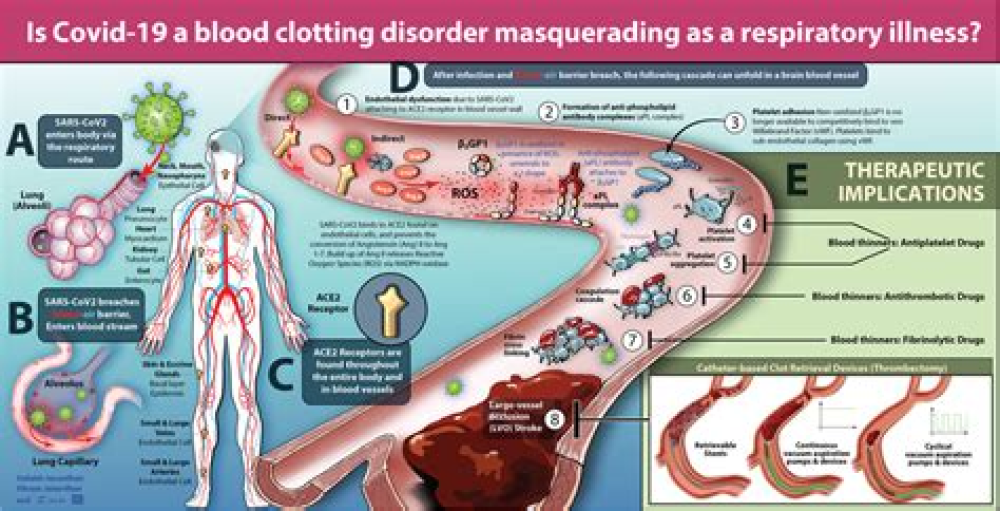Abstract:
Severe acute respiratory syndrome coronavirus 2 (SARS-CoV-2) causes a systemic disease that affects nearly all organ systems through infection and subsequent dysregulation of the vascular endothelium. One of the most striking phenomena has been a coronavirus disease 2019 (COVID-19)associated coagulopathy. Given these findings, questions naturally emerged about the prothrombotic impact of COVID-19 on cerebrovascular disease and whether ischemic stroke is a clinical feature specific to COVID-19 pathophysiology. Early reports from China and several sites in the northeastern United States seemed to confirm these suspicions. Since these initial reports, many cohort studies worldwide observed decreased rates of stroke since the start of the pandemic, raising concerns for a broader impact of the pandemic on stroke treatment. In this review, we provide a comprehensive assessment of how the pandemic has affected stroke presentation, epidemiology, treatment, and outcomes to better understand the impact of COVID-19 on cerebrovascular disease. Much evidence suggests that this decline in stroke admissions stems from the global response to the virus, which has made it more difficult for patients to get to the hospital once symptoms start. However, there does not appear to be a demonstrable impact on quality metrics once patients arrive at the hospital. Despite initial concerns, there is insufficient evidence to ascribe a causal relationship specific to the pathogenicity of SARS-CoV-2 on the cerebral vasculature. Nevertheless, when patients infected with SARS-CoV-2 present with stroke, their presentation is likely to be more severe, and they have a markedly higher rate of in-hospital mortality than patients with either acute ischemic stroke or COVID-19 alone.
For More Information: https://covid19-data.nist.gov/pid/rest/local/paper/the_impact_of_the_covid_19_pandemic_on_cerebrovascular_disease
